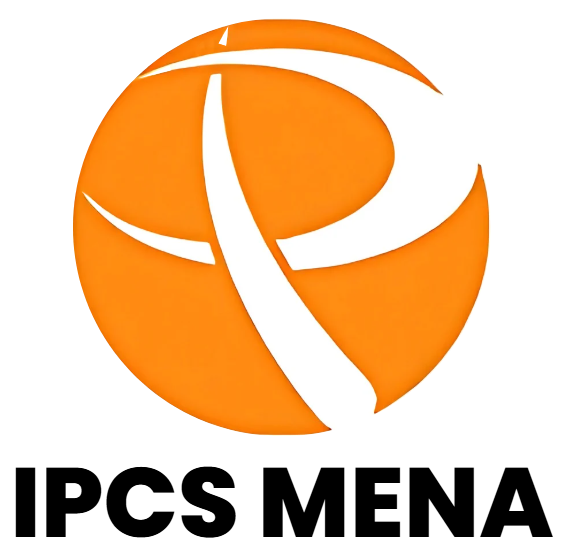Governance, Risk and Compliance :
Governance, Risk, and Compliance (GRC) play a crucial role in driving innovation and ensuring sustainability in performance consultancy. The convergence of these elements is becoming increasingly vital as organizations look to thrive in a fast-evolving, complex business environment while managing risks effectively and adhering to regulations. Let’s break down how GRC intersects with innovation in performance consultancy and sustainability.
1. Governance: Aligning Innovation with Strategic Objectives
- Clear Decision-Making: In performance consultancy, governance refers to the systems, processes, and controls that ensure innovation is aligned with an organization’s overall strategy. Strong governance frameworks set clear decision-making processes and accountability structures, helping to foster innovation without compromising organizational goals.
- Stakeholder Management: Good governance ensures that all relevant stakeholders (e.g., clients, employees, regulators) are considered in the innovation process. Effective communication and transparency are key to obtaining buy-in and minimizing resistance.
- Sustainability Leadership: Governance also ensures that the organization’s innovation efforts are aligned with sustainability goals. It helps define long-term objectives for performance that respect environmental, social, and economic factors.
2. Risk: Balancing Innovation with Safety
- Risk Management Frameworks: When introducing new technologies or strategies, performance consultancies need to assess potential risks, ranging from financial to reputational damage. An effective GRC framework ensures that risk management is part of the innovation process.
- Emerging Technologies: New innovations (like AI, blockchain, or sustainability-focused tech) carry inherent risks, such as cybersecurity threats or regulatory uncertainty. A solid GRC framework helps identify and mitigate these risks before they cause disruptions.
- Environmental Risks: In the context of sustainability, businesses must address environmental risks such as resource scarcity or climate change. Innovations should be carefully evaluated for their ecological impact to avoid unintended consequences.
3. Compliance: Navigating Regulations While Innovating
- Regulatory Adherence: Compliance with local and international regulations is non-negotiable. When innovating, consultancies must ensure that any new products, services, or processes are compliant with relevant laws, such as data protection (GDPR), environmental regulations (e.g., carbon emissions), and labor standards.
- Sustainability Regulations: Increasingly, governments are introducing stricter sustainability-related regulations (e.g., the Paris Agreement goals, carbon accounting standards). GRC frameworks help ensure that organizations stay compliant with these evolving standards while continuing to innovate.
- Data Governance: In the digital age, data is at the core of performance consultancy. Compliance with data protection laws (like GDPR or CCPA) is essential to ensure that innovative processes or platforms respect privacy and security.
4. Sustainability in Performance Consultancy
- Triple Bottom Line (TBL): The concept of TBL — people, planet, and profit — aligns perfectly with GRC principles. In performance consultancy, sustainability should be viewed not just from an environmental perspective but also in terms of social and economic impact.
- Green Innovation: Introducing innovations that are both profitable and environmentally sustainable (e.g., renewable energy solutions, eco-friendly supply chain practices) ensures that the consultancy remains competitive while also contributing positively to society.
- Circular Economy: Innovating around circular economy principles (reusing, recycling, reducing waste) ensures that the consultancy’s advice and solutions also help clients reduce environmental harm.
5. Integrating GRC with Innovation
- Data-Driven Decision Making: With GRC systems in place, performance consultants can leverage data to make informed decisions about risk, compliance, and governance. Data analytics can highlight trends, predict potential risks, and offer insight into the impact of new innovations on performance and sustainability.
- Continuous Monitoring and Feedback: GRC frameworks enable continuous monitoring of both risks and innovations. As organizations push for innovation in performance, they need to regularly assess whether new strategies are meeting sustainability targets and staying compliant with regulations.
- Agile Governance: As innovation accelerates, governance models need to be flexible. Traditional, slow-moving governance structures may not be suitable for fast-paced innovation, especially in sustainability. Agile GRC frameworks allow for quick adjustments to emerging trends while maintaining compliance.
6. Challenges in Combining GRC, Innovation, and Sustainability
- Balancing Innovation and Risk: In the drive for rapid innovation, there’s often tension between pushing boundaries and ensuring risk management is maintained. GRC frameworks must allow for flexibility while also protecting the organization from unforeseen challenges.
- Regulatory Complexity: With evolving regulations, especially in sustainability, organizations may struggle to keep up with changing legal landscapes, potentially limiting their ability to innovate. Effective GRC processes need to account for this dynamic regulatory environment.
- Cultural Resistance: Organizations may face internal resistance when trying to balance governance, risk, and compliance with the drive for innovation. Fostering a culture that embraces GRC alongside innovation is crucial for long-term success.
